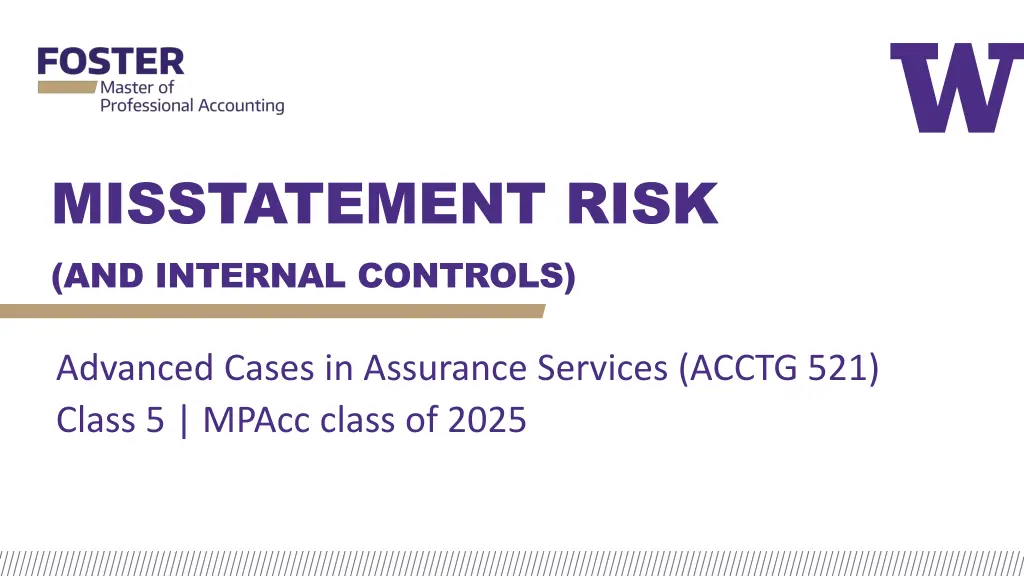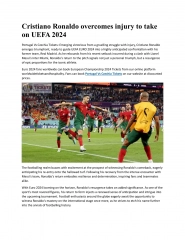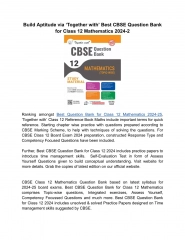
Advanced Cases in Assurance Services - Misstatement Risk and Internal Controls
Explore advanced cases in assurance services focusing on misstatement risk and internal controls. Understand factors related to restatements, internal control weaknesses, and the economics of audit. Dive into the audit risk model, assessment of business risks, and the critical concept of materiality in audit planning.
Download Presentation

Please find below an Image/Link to download the presentation.
The content on the website is provided AS IS for your information and personal use only. It may not be sold, licensed, or shared on other websites without obtaining consent from the author. If you encounter any issues during the download, it is possible that the publisher has removed the file from their server.
You are allowed to download the files provided on this website for personal or commercial use, subject to the condition that they are used lawfully. All files are the property of their respective owners.
The content on the website is provided AS IS for your information and personal use only. It may not be sold, licensed, or shared on other websites without obtaining consent from the author.
E N D
Presentation Transcript
MISSTATEMENT RISK (AND INTERNAL CONTROLS) Advanced Cases in Assurance Services (ACCTG 521) Class 5 | MPAcc class of 2025
Agenda Review Overview Labs Misstatement Risk Internal Controls Factors associated with Restatements Factors associated with Internal Control Weaknesses (time permitting)
Economics of Audit Conflicting incentives for (i) firms to disclose and withhold information and (ii) for firms to undertake audits (or information verification). Factors that influence demand for audit and therefore audit fee include: Agency conflicts Information asymmetry Risk of intentional manipulation Risk of unintentional errors For example, firm size (i.e., total assets)
Audit Risk Model Audit Risk: risk that the auditor expresses an inappropriate audit opinion when the financial statements are materially misstated AR = IR x CR x DR RMM Inherent Risk: risk that a management assertion is materially misstated (before considering internal controls) Control Risk: risk that internal controls fail to detect a misstatement Detection Risk: risk that auditors fail to detect a misstatement
Audit Planning Assessment of business risks is fundamental to thoughtful planning and execution of the audit. Business risks provide helpful starting point for assessing financial statement risks. Firm disclosures are helpful but can also contain boilerplate information or inconsistencies. Consider broad sources. Materiality is judged by whether the information would change the decision of a reasonable investor Materiality is based on qualitative and quantitative factors. It is subjective and requires judgment, but it is a critical starting point for understanding where to focus audit planning attention.
Agenda Review Overview Labs Misstatement Risk Internal Controls Factors associated with Restatements Factors associated with Internal Control Weaknesses (time permitting)
What is a Misstatement? (AS2810.A2) "A misstatement, if material individually or in combination with other misstatements, causes the financial statements not to be presented fairly in conformity with the applicable financial reporting framework. A misstatement may relate to a difference between the amount, classification, presentation, or disclosure of a reported financial statement item and the amount, classification, presentation, or disclosure that should be reported in conformity with the applicable financial reporting framework. Misstatements can arise from error (i.e., unintentional misstatement) or fraud.
Material Misstatements Material misstatements will cause a firm to restate their financial statements. Many restatements are publicly announced in an 8-K.
Market response to restating firm Average abnormal returns below negative 9% Why might investors perceive a restatement as bad news?
Impact on auditor of a client restatement Auditors face a higher likelihood of litigation when a client restates increasing for common frauds and those including fictional transactions Who do you expect brings legal action against the auditor? And why?
Impact on management of a misbehavior-related restatement Firms with a misbehavior-related restatement had higher turnover in 13 months around restatement 49% of CEOs vs only 8% for error-related restatement 64% of CFOs vs only 12% for error-related restatement 91% of misbehavior restatements had either CEO or CFO leave (Hennes, Leone, and Miller 2008) More on misbehavior vs error related restatement: Market reaction is -14% for misbehavior restatement, -2% for error-related restatement 80% of misbehavior has a class action lawsuit, while only 1% of error did
What firm characteristics might predict restatement risk? Firm Characteristic Measures + / - ? Why? Accruals ChgRec, ChgInv, RSST accruals, % soft assets Firm Performance ChgROA, ChgCashSales Abn chg in # employees AbnChgEmp Off-balance sheet information OperLeases Stock / Debt market incentives IssueDebtEquity Growth expectations StockReturns, BooktoMarket
Agenda Review Overview Labs Misstatement Risk Internal Controls Factors associated with Restatements Factors associated with Internal Control Weaknesses (time permitting)
What is a significant deficiency? Material weaknesses need to be disclosed in the 10-K under Section 302 (and 404) Significant Deficiency Significant deficiencies do not need to be publicly disclosed, but must be disclosed to the audit committee Significant Deficiency
How does this all work? Example: Material weakness over allowance for doubtful accounts. A firm does not have a policy for estimating allowance for doubtful accounts, instead just using last year s percentage as the estimate. If the credit-worthiness of the client base has worsened (e.g., because salespeople are trying to meet quotas, or because there is a systematic shock such as the financial crisis), then the allowance for doubtful accounts will be too low and could result in a misstatement.
How does this all work? Example: Material weakness over inventory tracking. A firm does not have an inventory tracking system. When the inventory is counted at the end of the year, the inventory balance is updated. But if some inventory is not seen, in a warehouse closet, then inventory is misreported and there could be a subsequent misstatement.
Disclosure requirements Annual report Required Section 404b Section 404a Section 302 Management Disclosure Management Document and Test Auditor Opinion
Material Weaknesses and Financial Reporting Quality Are Material Weaknesses Correlated with Restatements? Internal control weaknesses predict restatements Why doesn t substantive testing fix this? It does, sometimes. When the material weaknesses are account specific, they do NOT have more restatements (i.e., substantive testing works) BUT when the problem is more general (e.g., segregation of duties, IT weaknesses), it is hard to know where to apply additional substantive testing. (Ge et al. 2007)
What firm characteristics might be related to weaknesses in internal control over financial reporting?
Early Post-SOX Evidence Source: Ge and McVay (2005, AH)
Source: Ge and McVay (2005, AH)
Source: Ge and McVay (2005, AH)
Agenda Review Overview Labs Misstatement Risk Internal Controls Factors associated with Restatements Factors associated with Internal Control Weaknesses (time permitting)






















